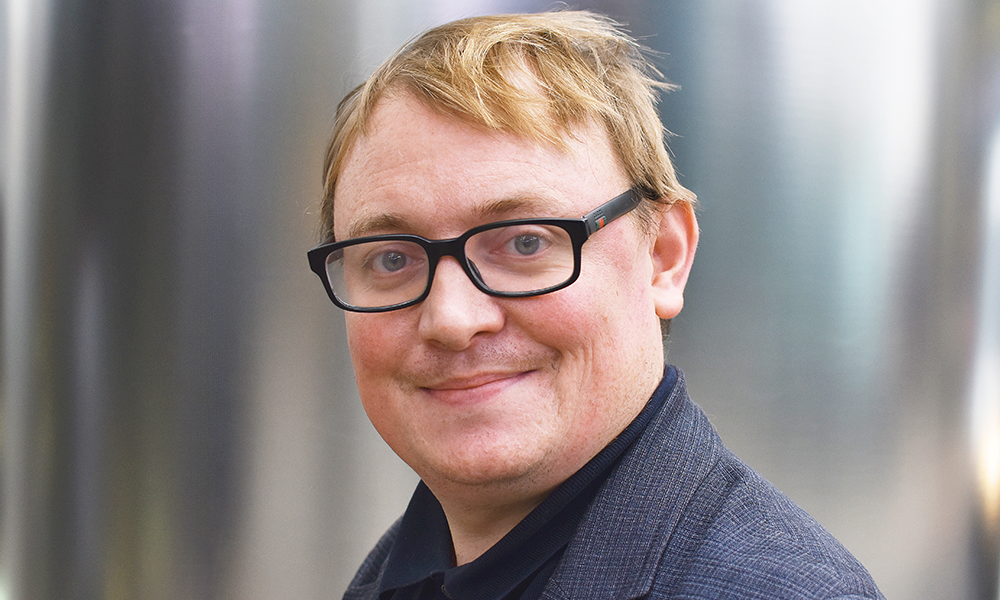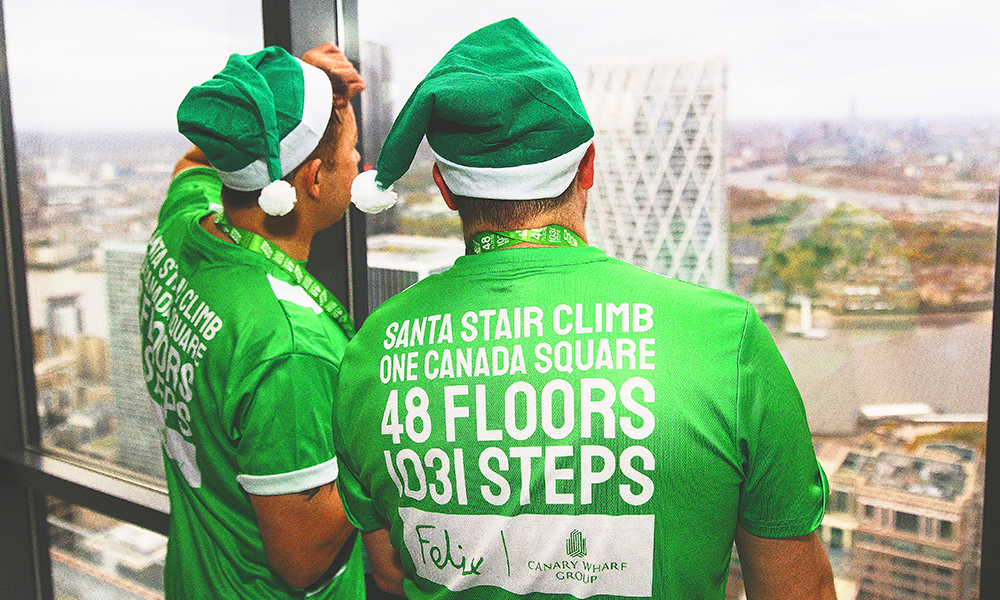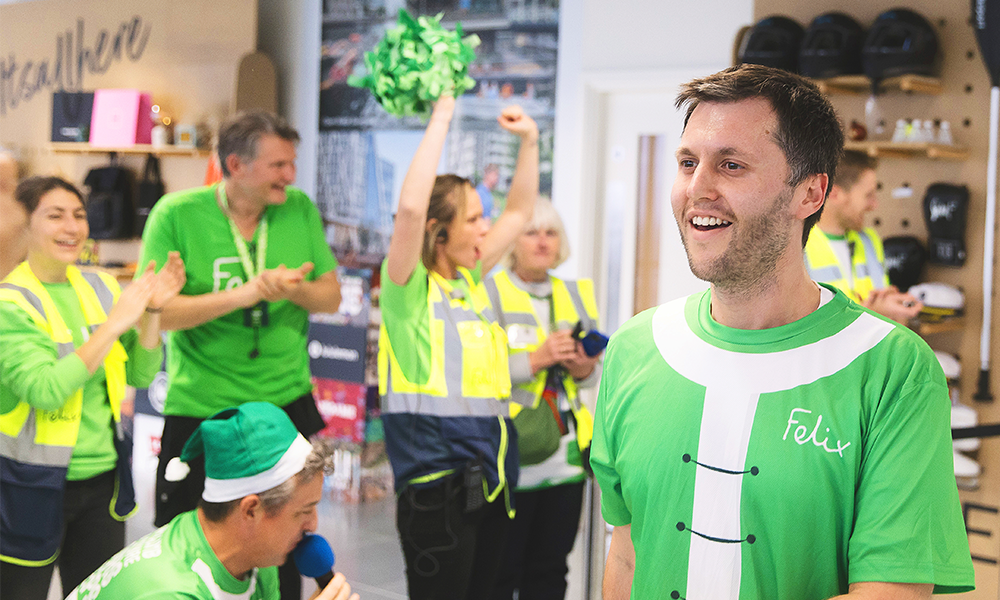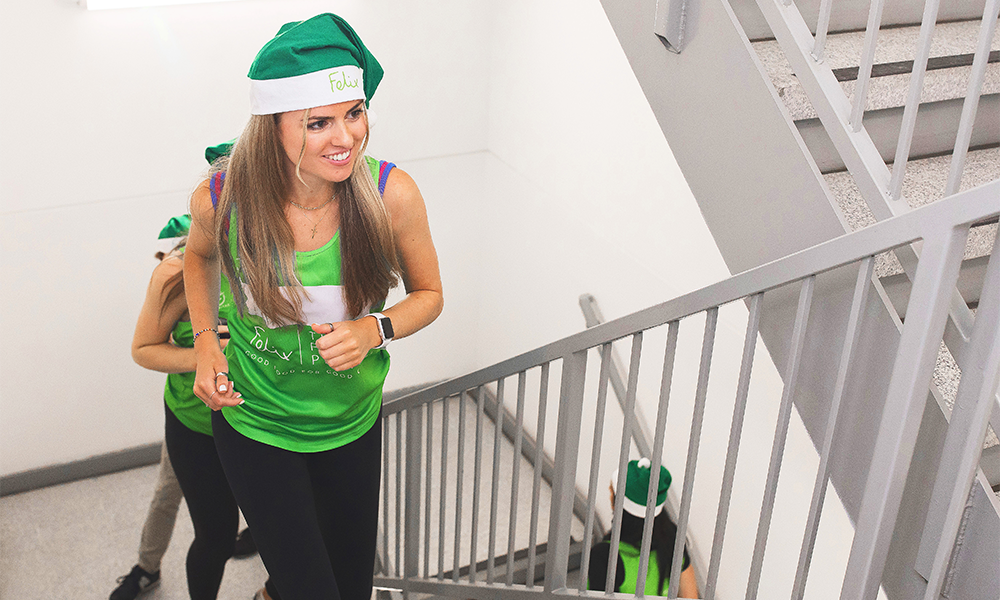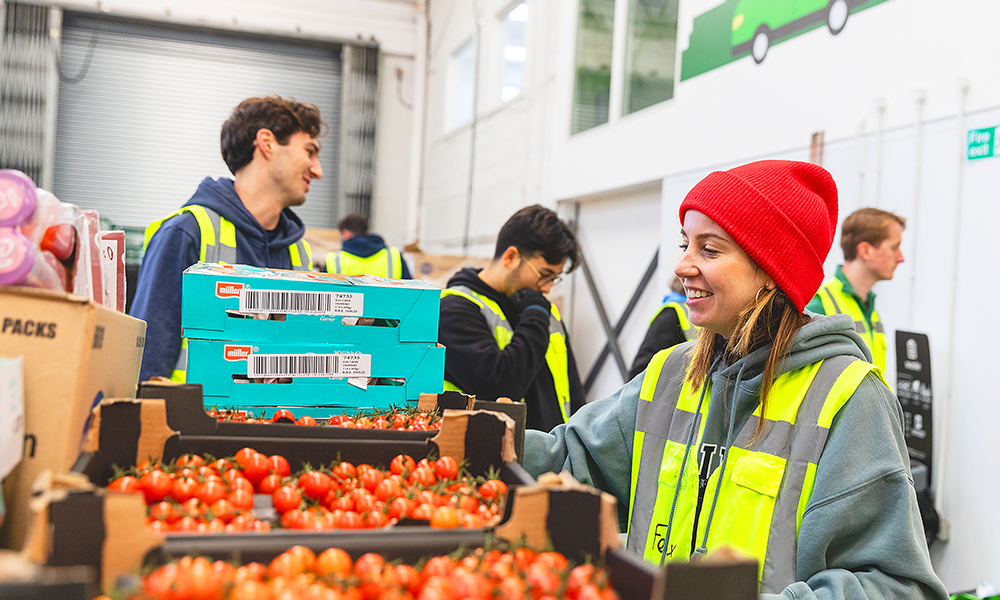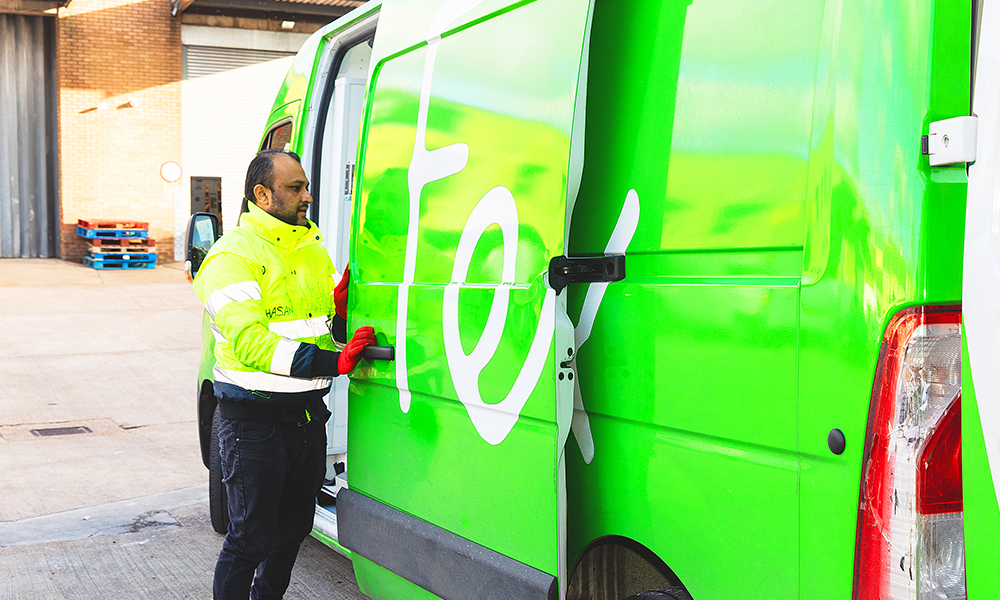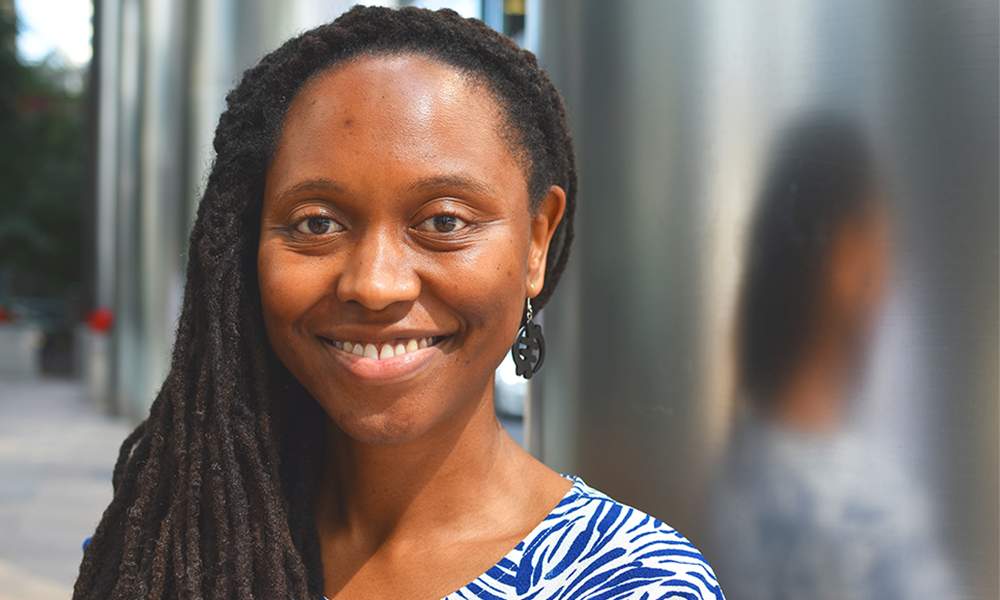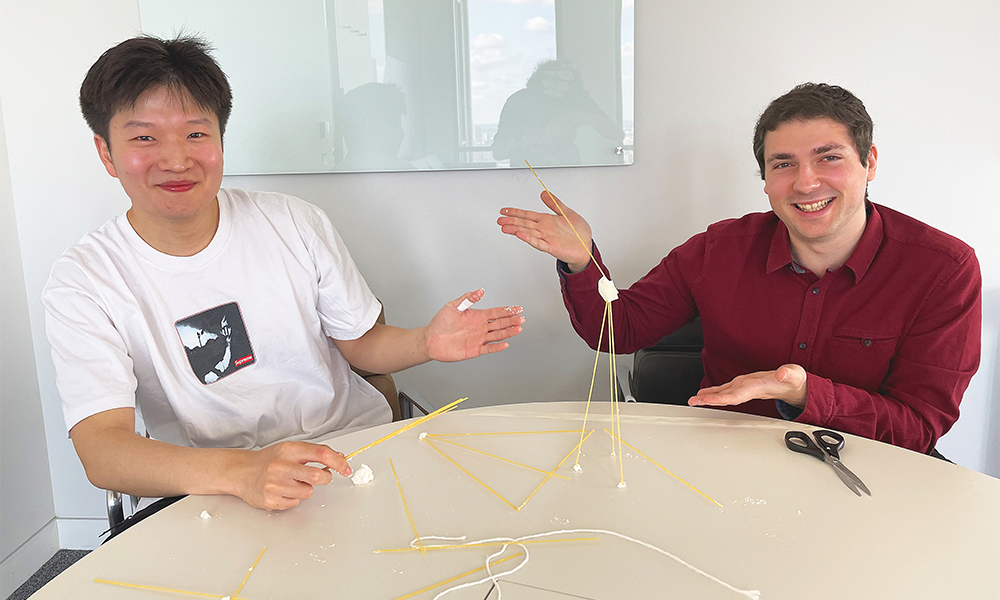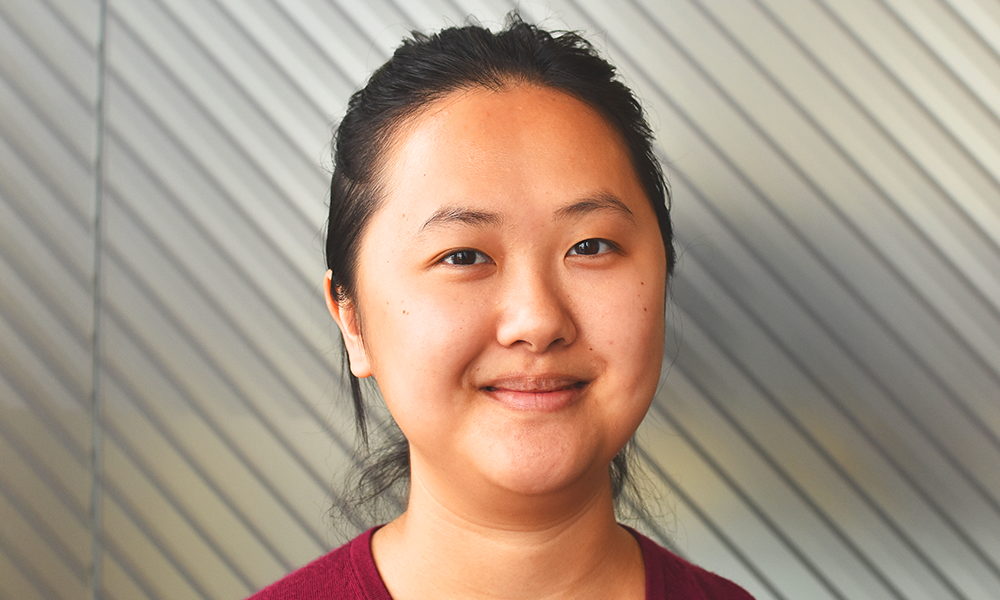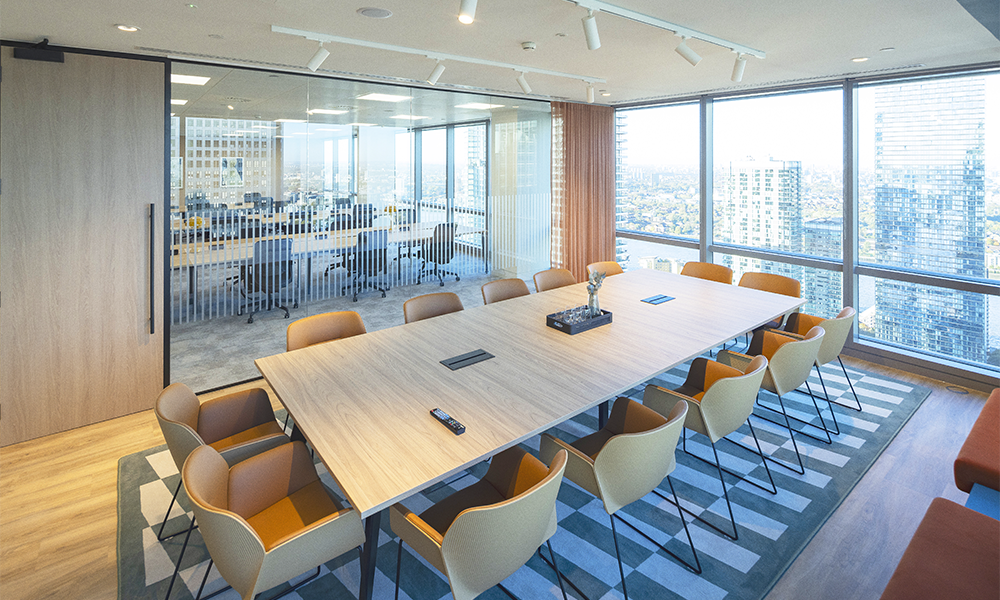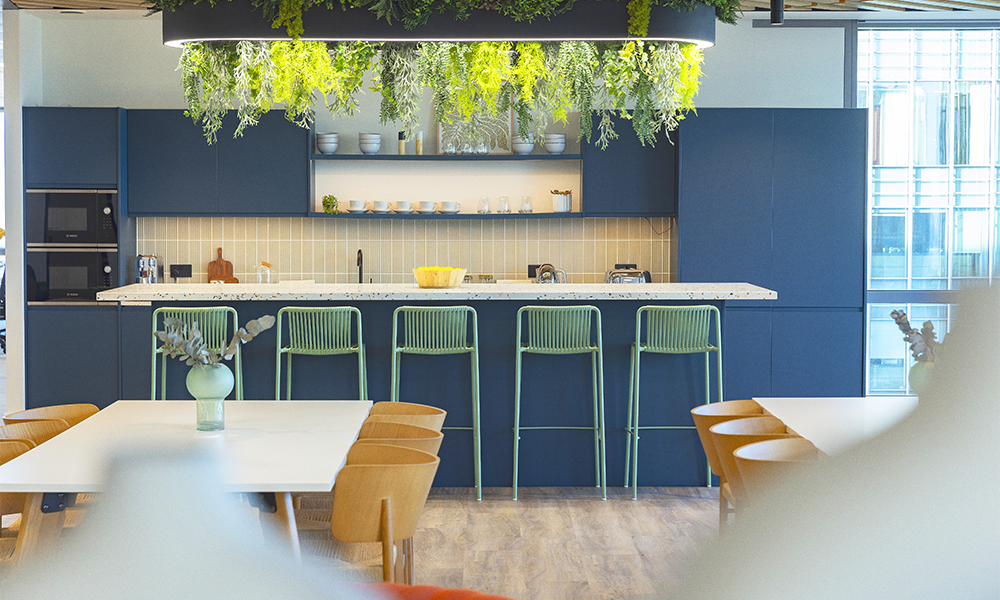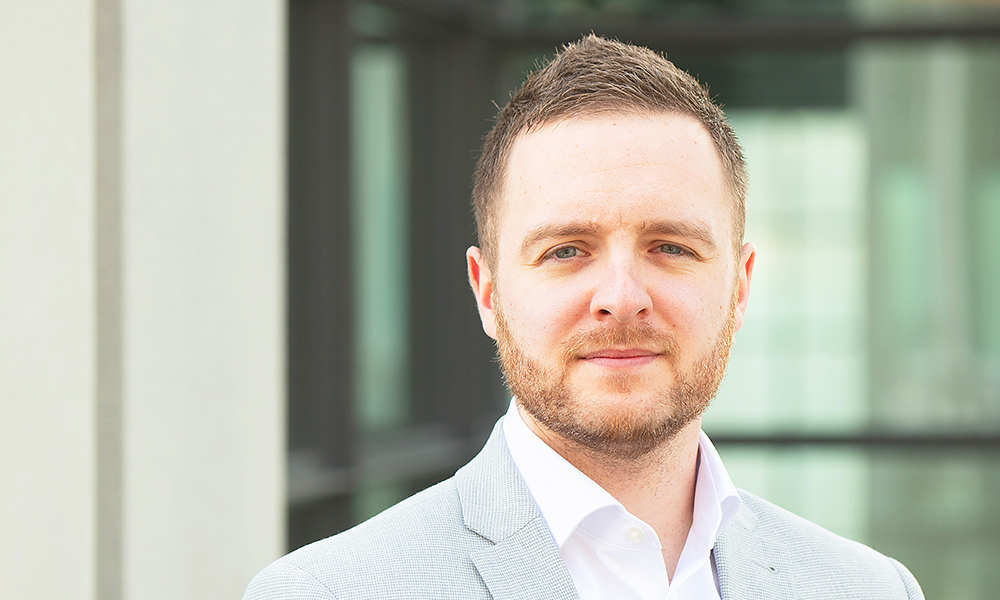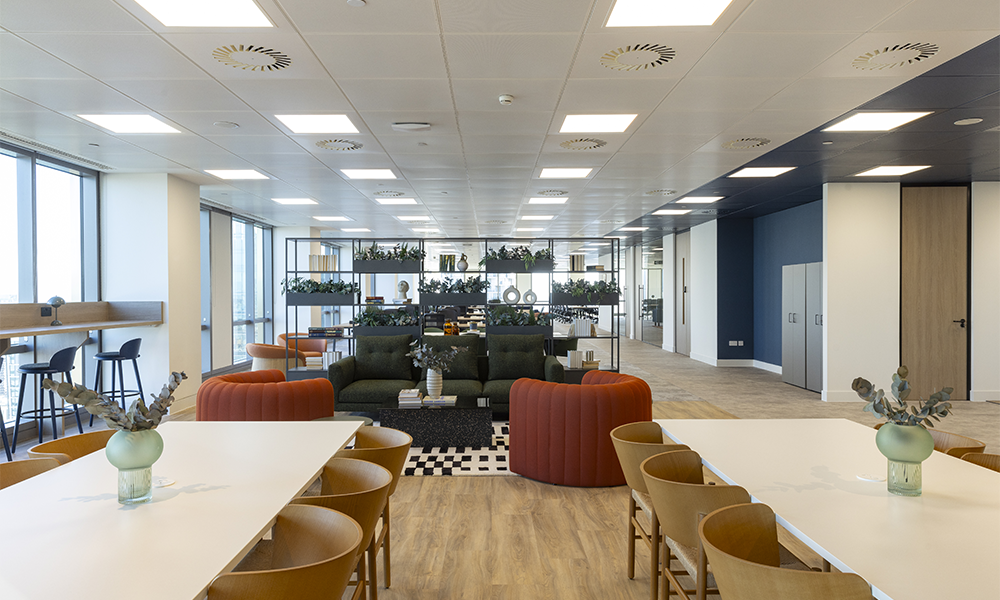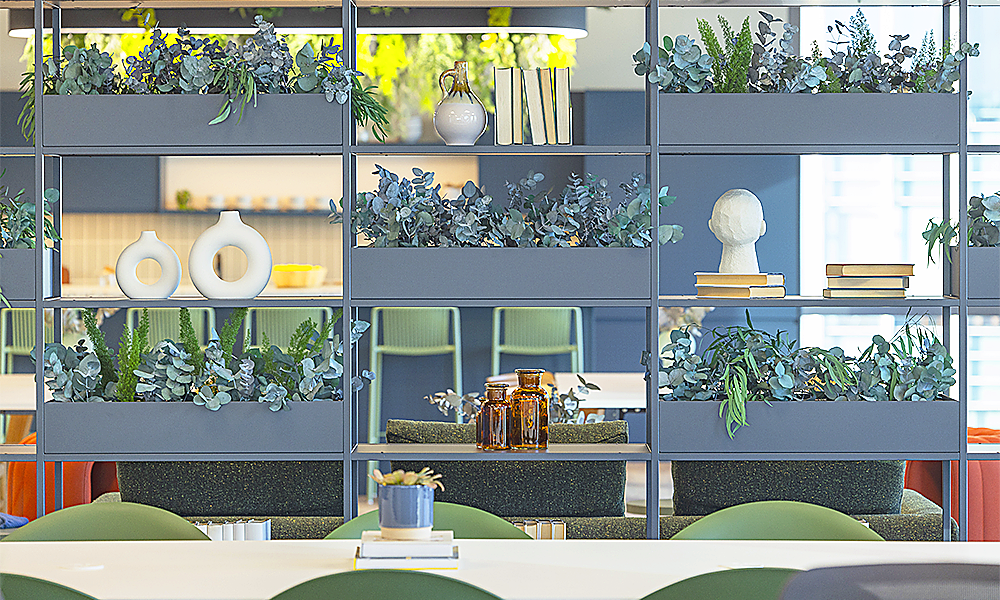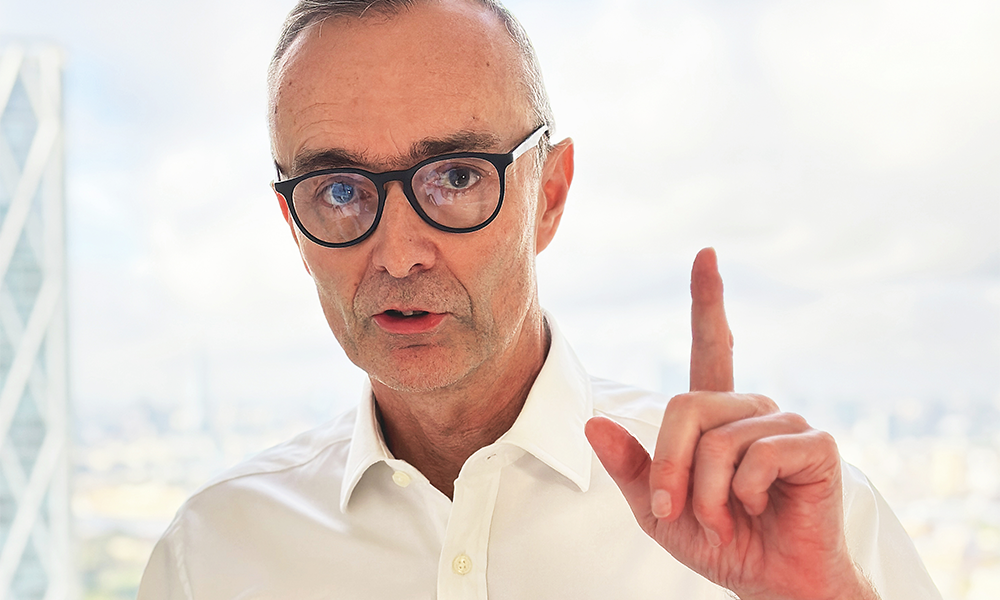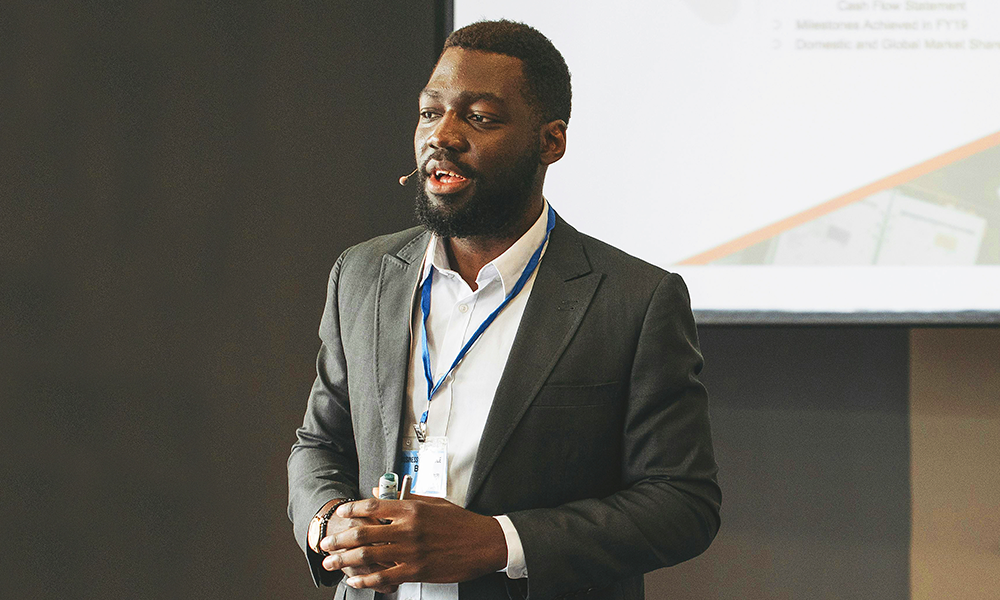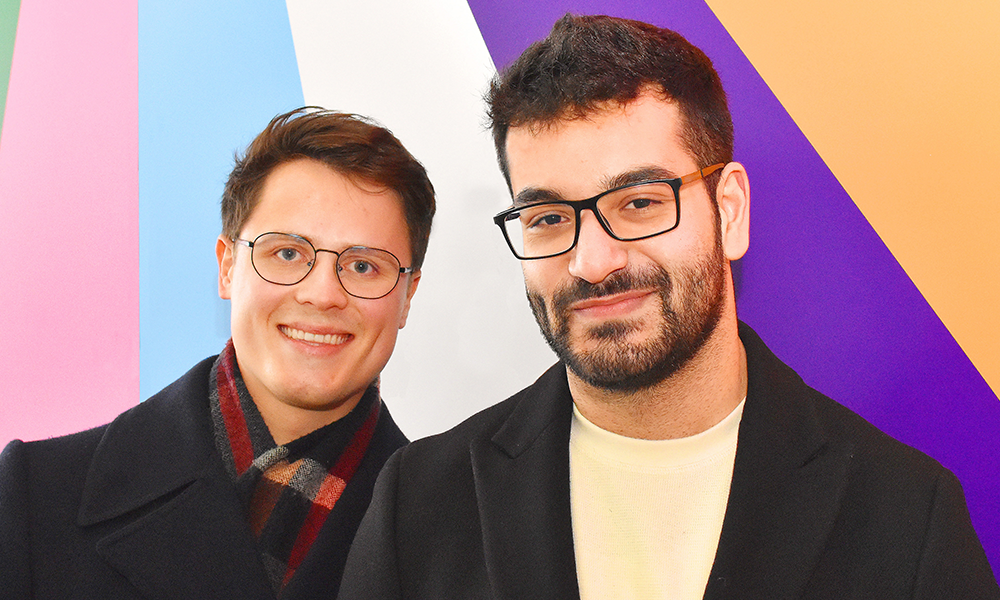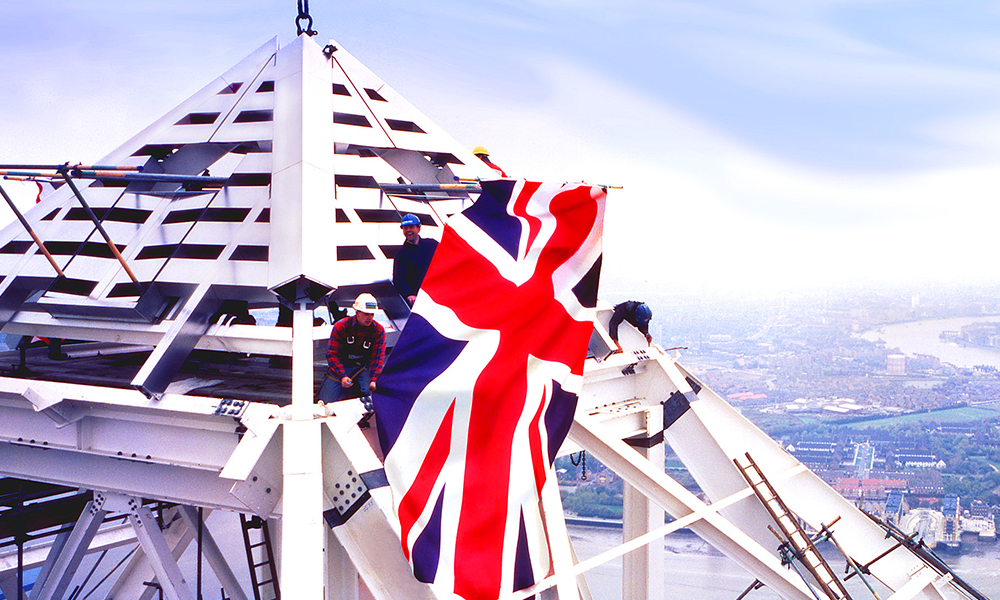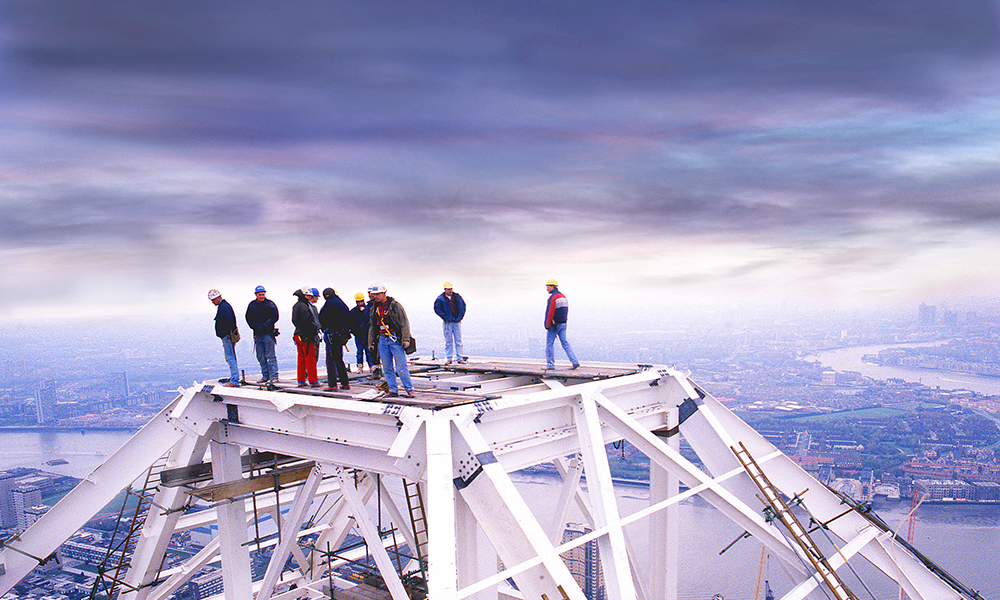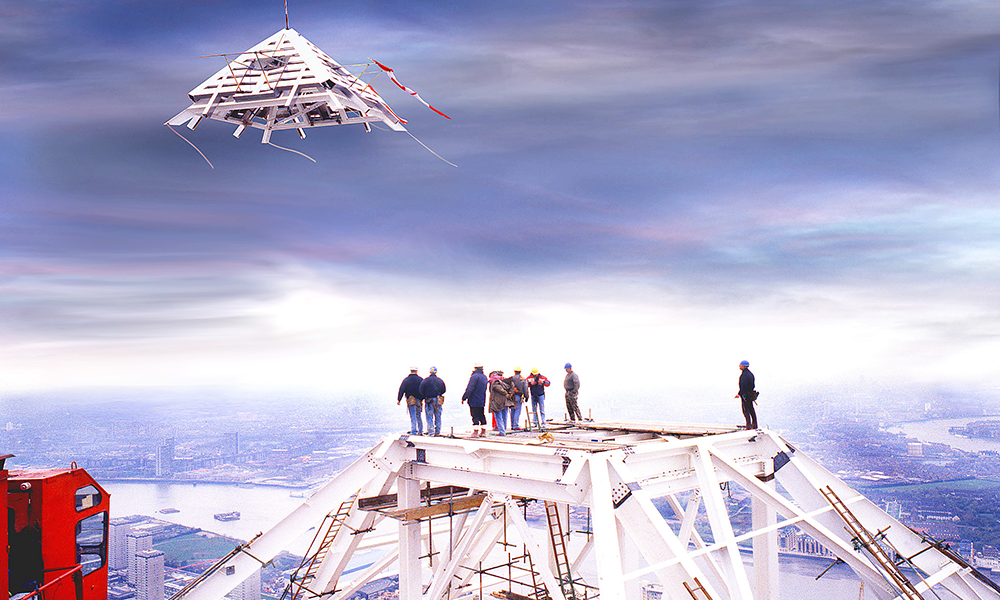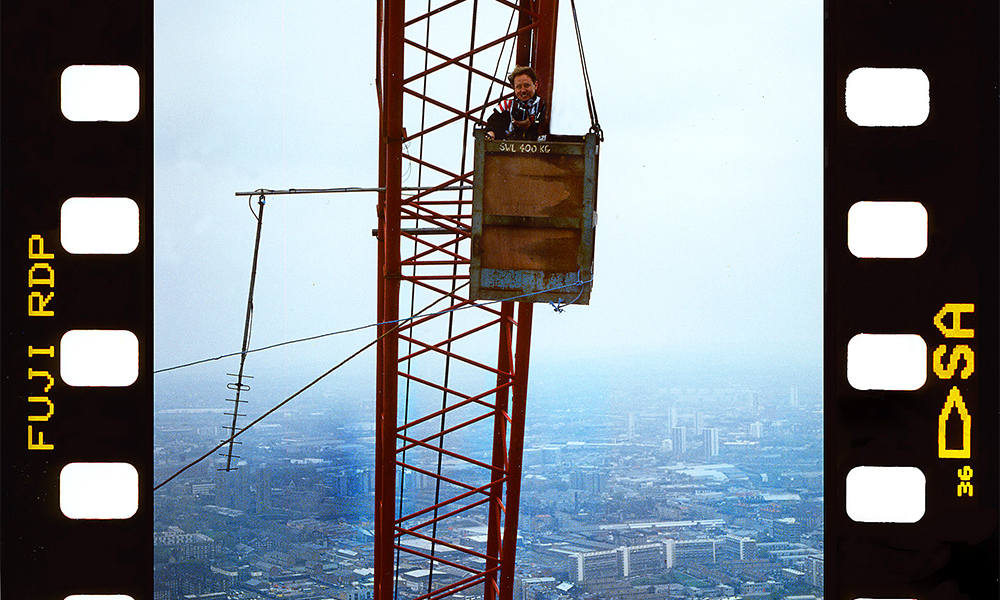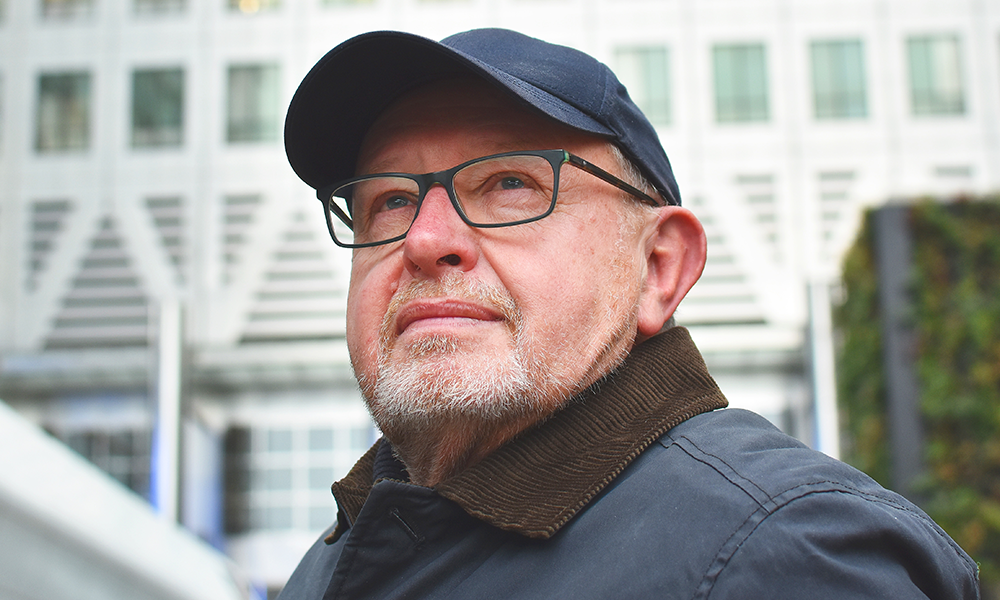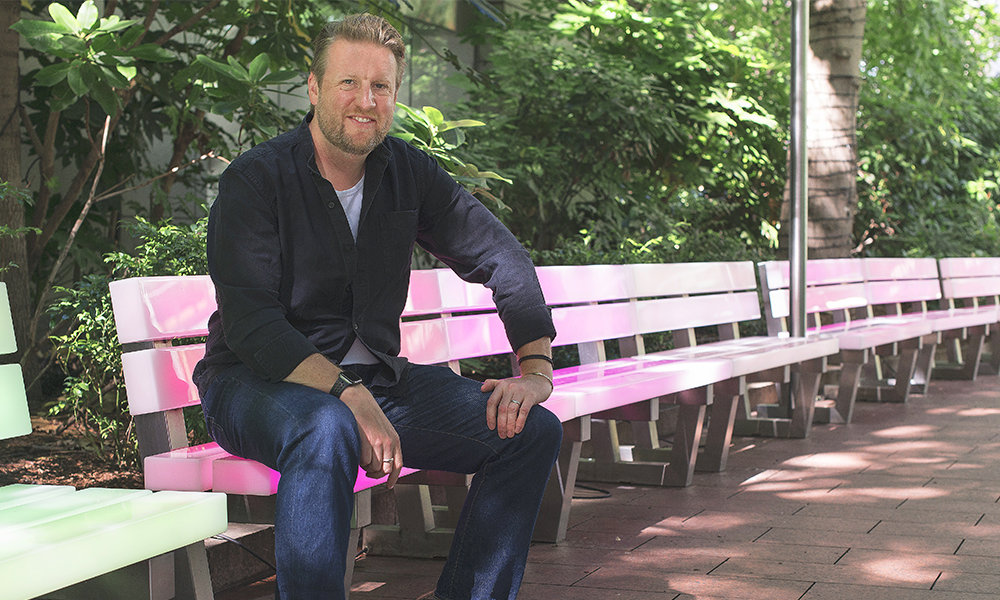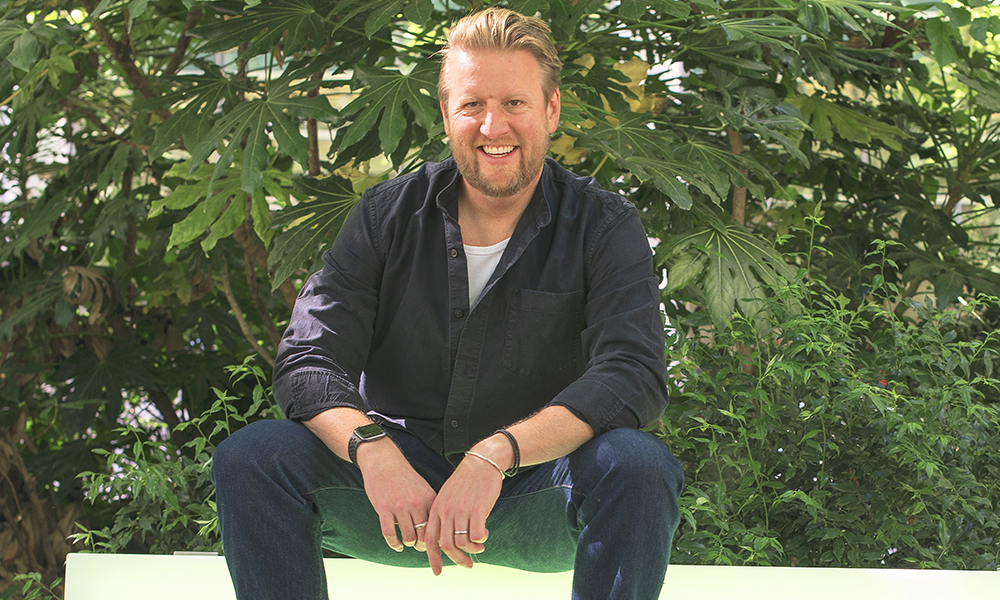One Canada Square fine wine retailer brings its focus back to selling bottles but is set to add a cigar smoking room to its tasting facility
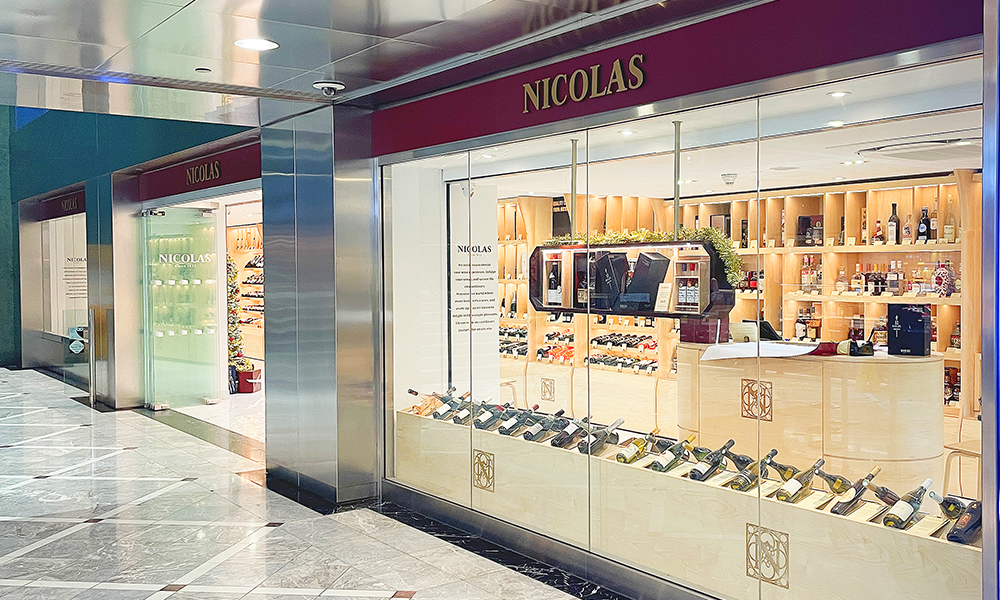
Subscribe to our free Wharf Whispers newsletter here
Just as Canary Wharf is evolving, so too are its oldest retailers.
Nicolas has been selling wine on the estate since the 1990s.
Its cosy, bistro-style bar long delivered servings of French flavours and seclusion in the lower level of One Canada Square.
But things move on and 2024 has brought a completely fresh direction for the store.
“The original concept worked well for us back then, but the estate has changed and there are lots of restaurants and bars with outdoor space now,” said Mark Connolly, buyer and training manager at Nicolas UK.
“It was our only bar in London and, with the refurbishment, we wanted to celebrate what we do best – being a wine merchant.
“With the bar gone, it’s really allowed us to open up the store space.
“We’ve got full window displays and there’s plenty of light coming into the branch.
“We’ve changed the way the bottles are displayed – they’re nicely spread out now and it’s really easy to see where everything is.
“For Nicolas it’s a showcase store.
“We’ve been able to increase the range we offer with an improved fine wine selection and more for customers to choose from.”
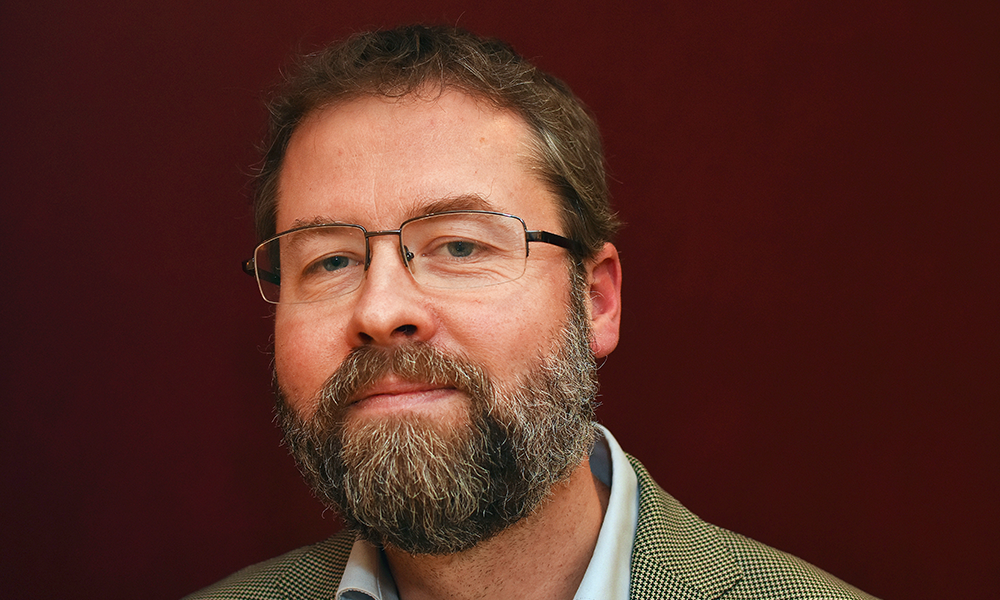
Nicolas: a radical change
As a retail space, it’s a radical change from the previously cramped corner at the entrance to the shop.
Walk in now and a long vista of pale wood awaits. Bottles relax at jaunty angles in plenty of space on the ample shelving.
Recalling wooden wine cases, Nicolas’ logo is burnt into the timber, giving visitors the feeling of entering a cellar in a chateau after a tour of some excellent vineyards.
None of this is happen-stance, it’s by design.
“We’ve certainly gone for a more premium look,” said Mark.
“We’ve dispensed with the dark red and yellow of the old store for a much lighter, airier feel.
“There’s no more dark-stained wood.
“It’s a much more welcoming space with a large entrance and big open windows so passers-by can easily see in.
“The layout has been designed for browsing – there’s freedom to walk around and for our staff to provide advice, guiding customers to the perfect wine.
“The main purpose was to make the bottle the hero, while ensuring we’re just that bit more approachable.
“We are a French wine specialist, so it makes sense to have the best French wines available – people demand that – and this new layout allows us to offer a wide selection.
“Our range is something that evolves all the time and there’s lots of exciting wines we can bring here now.
“The bottles are displayed by region with red, white, rosé and sparkling from a particular area grouped together.
“If you look at Bordeaux, you’ll have your classic red wines, but you’ll also have classic white wines, so customers can explore.
“Things can become a bit regimented if you categorise wine by colour or kind.
“We know that people often come in with a good idea of what they’re looking for – now they can go straight to that region and see the wines laid out in front of them.”
new facilities and more to come
Perhaps the most consequential change for the store’s refit, however is the provision of new facilities and the promise of even more.
Complementing the extended wine offering, a new brightly-lit space has been created.
“The really exciting thing is that we now have a large tasting room with a glass door so customers can see into it from the shop,” said Mark.
“It can be open for people to explore or closed off for private events.
“It will easily hold around 30 guests and we’re planning a full schedule for 2025 with lots of masterclasses, tastings and other events.
“I am thrilled about what we can now offer to our customers with this facility.
“It has a large TV screen on the wall too, so we’ll be able to offer virtual tastings live from winemakers in other locations.
“Further to the tasting room, if our plans work out we’re hoping to have a smoking room as well for customers to try cigars.
“We’ve always sold plenty of cigars, but this is about offering something a bit more special.
“There aren’t many places that offer this kind of service – only one other on the Wharf and not many in the whole country – so it’s a way customers can linger and perhaps try some spirits along with their cigars.
“We’ll also be making that space and the tasting room itself available for hire for private events.”
investment in Canary Wharf
Alongside the likes of long-standing retailers Waitrose and Holland And Barrett, Nicolas sees Canary Wharf as worthy of investment – a result of increasing footfall and interest in the estate.
“We’ve been here historically and have built up a bit of a following within Canary Wharf,” said Mark. “But the other aspect to our decision to refit the store is that we know there is money here.
“There are lots of businesses with people who are looking for something fine, whether that’s gifts or simply a bottle to take home.
“This project is about meeting those expectations and providing something really special for people in Canary Wharf.
“We now need to spread the word to let people know we’ve evolved and are offering something better.
“We’re looking forward to serving everybody who comes in now that we have the ideal store to do it in.”
Mark, who has been with Nicolas for some 13 years, is the man responsible for deciding what goes on the shelves of its UK stores.
“We offer many French wines, of course, but also source some from the UK as well as exciting varieties from the US, Italy and Spain,” he said.
“It’s my job to make sure we’ve got the right range so that customers know they can still come in and pick up a nice Barollo or a Rioja.
“In terms of popularity it’s very much reds from Bordeaux and reds and whites from Burgundy, but we also have some really exciting wines from places like south-west France, the Languedoc and grands cru from Alsace.
“There’s plenty to explore.”
RECOMMENDED FOR CHRISTMAS 2024

With Christmas fast approaching, we asked Mark to select three wines from Nicolas’ range that would be versatile enough to please everyone on December 25 and handle the traditional feast and trimmings…
“Champagne at Christmas is a classic and this is a really fantastic bottle to open on December 25,” said Mark
Drinkers can expect yellow fruit, toasted almonds and gingerbread on the nose with a lingering finish and a hint of minerality on the tongue
“This Pouilly-Fumé has a real mineral clarity to it, plus a little bit more body to match up well with turkey or salmon,” said Mark
Drinkers will find the aroma of dried flowers and salted butter caramel when opening this bottle before experiencing notes of cinnamon, cloves and candied ginger
“You’ll never do too badly with a Rhone red – this has body, spice and versatility,” said Mark
Enjoy blackberry coulis, blackcurrant, black pepper alongside plums and violets in this typical expression of a Syrah
Prices correct at time of going to press
key details: Nicolas Canary Wharf
Nicolas is located on the mall level downstairs from One Canada Square’s main lobby.
It is open 10am-8pm on weekdays, 10am-7pm on Saturdays and 11am-6pm on Sundays.
Find out more about the brand and buy online here
Read more: How Mike Joslin’s Bombe uses tech to help companies understand customers




